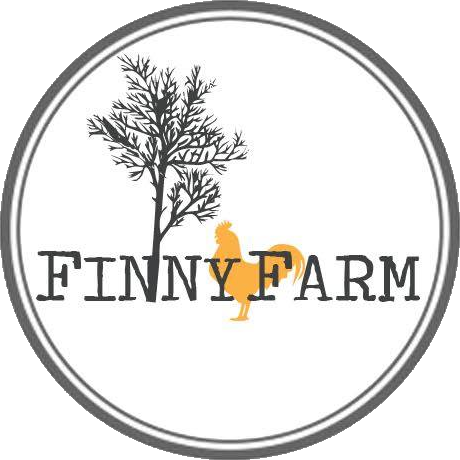My Jonah has a grand dislike for vegetables. In fact, he claims he wishes he were allergic to them, so I would quit making him eat them. Every time I cook veggies of some sort (which is often), I try to incorporate at least one that he will eat without gagging. Cauliflower is NOT one of those. He actually claims to "hate" cauliflower, as in CAN"T STAND IT!!!
Oh buddy, so sorry, but Mom is on a cauli-kick... Now what?
So I made this sauce, alfredo sauce to be exact, which Jonah actually likes. So I thought maybe I could make it a little healthier and he still like it. Turns out, there is absolutely nothing unhealthy in the sauce, it's not even fattening or anything. I thought it tasted delicious, but I was weary of telling Jonah what was in it. So I didn't (mean, mean Mommy, I know!!!)
As we sat and watched him enjoy his spaghetti and alfredo sauce, I couldn't help but grin. He gulped down a whole plate in no time flat, asked for seconds, and then announced; "Mom, this is the BEST alfredo sauce I have EVER had!" So I grinned again. And I fessed up. To which he responded: "well, if you can make cauliflower taste like THAT then I will eat it!"
So here is to every alfredo-loving, veggie-hating little boy out there- and all their mom's who'd like for them to still have some vitamins in their food... :
You will need:
1 head of cauliflower
1 cup of milk (we used unsweetened almond milk, since Finny is lactose-free)
6-8 cloves of garlic, minced
2 TBSP EVOO
1 cup of grated parmesan cheese
1 vegetable buillion cube
Step 1) wash, de-stem and steam cauliflower until tender (~15 minutes)
Step 2) let it cool. After it's cool enough, put it in the blender (or Ninja, or Nutri-Bullet, or whatever gadget you have at the house). It needs to be very creamy. You can use a little of the water with which you steamed the cauli and add it as you blend to keep it moist enough to move around the blender.
Step 3) Mince 6-8 garlic cloves finely and sautee in EVOO for a couple of minutes. be careful not to let it burn. This step is really fast!
Step 4) add cauliflower and milk to garlic and stir. Add veggie buillon and cheese to taste. You can also experiment with pepper, nutmeg and other spices that might sound yummy to you and add them.
Step 5) If the sauce is too thick, you can add some more of the cauli-water to thin it a little.
Make your favorite pasta or spaghetti squash or zucchini noodles, douse it in this yummy sauce and enjoy!
~ Yvonne









